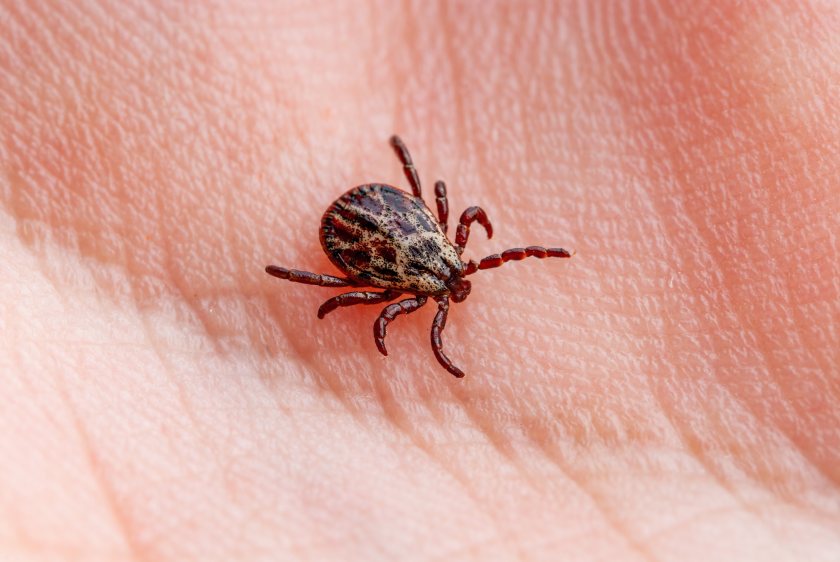
A warning is being issued over the increasing risk of Lyme disease in the countryside, as the UK experiences a rise in tick numbers during the warmer months.
The public should take extra precautions when spending time outdoors, especially in grassy, moorland, or wooded areas where ticks are most commonly found.
This is according to Scottish Land & Estates (SLE), which notes that in the summer of 2023, there was a 33% increase in reported cases compared with 2022.
Ticks are small, spider-like parasites that can transmit several diseases to humans and animals, most notably Lyme disease.
As bracken – a plant known for harbouring ticks – spreads, efforts to manage it have been hindered by restrictions on the herbicide Asulam, traditionally used for control.
Eleanor Kay, senior policy adviser on agriculture at SLE, a rural business organisation, advised: “Ticks are most active between April and July so we would remind members of the public to be vigilant.
"Consider wearing clothing that covers the skin to make it more difficult for ticks to latch on, and use insect repellent before heading out to enjoy the countryside, particularly in areas of dense bracken or long vegetation.
"Ticks can be as small as a poppy seed when they attach to your skin. Remove the tick as soon as possible and check your children and pets for any ticks.”
While Lyme disease symptoms can range from fatigue and joint pain to more serious neurological effects, early detection and treatment are crucial.
Current estimates suggest that up to 3,000 lab-confirmed cases occur annually in the UK, with many more potentially going undiagnosed.
Ticks are not only a danger to people – livestock, domestic pets, and ground-nesting wildlife such as curlew chicks and red grouse are also at risk.
In tick-prone regions, research by the Game & Wildlife Conservation Trust found that 88% of red grouse chicks were affected in 2023, a notable increase from 75% the year prior.
To help combat the spread, farming and rural businesses are actively managing landscapes and treating livestock with acaricides – a method similar to treatments used for domestic pets.
Controlled heather burning and other vegetation management techniques also help to reduce tick-friendly habitats.
Eleanor Kay added: “We need to work together to address the risk of disease from ticks, particularly as bracken is now harder to control.
"We would urge the government to adopt an integrated approach to tick control, including a full strategy for how tick numbers can be reduced.
"Signage should be introduced in tick-infested areas to warn members of the public of the risk and to raise awareness of the symptoms of Lyme disease.”
Lyme disease is commonly identified by a red rash, often with a bullseye appearance, but other symptoms can develop.
The public should seek medical advice if they suspect a tick bite or experience any signs of illness after spending time in the countryside.
